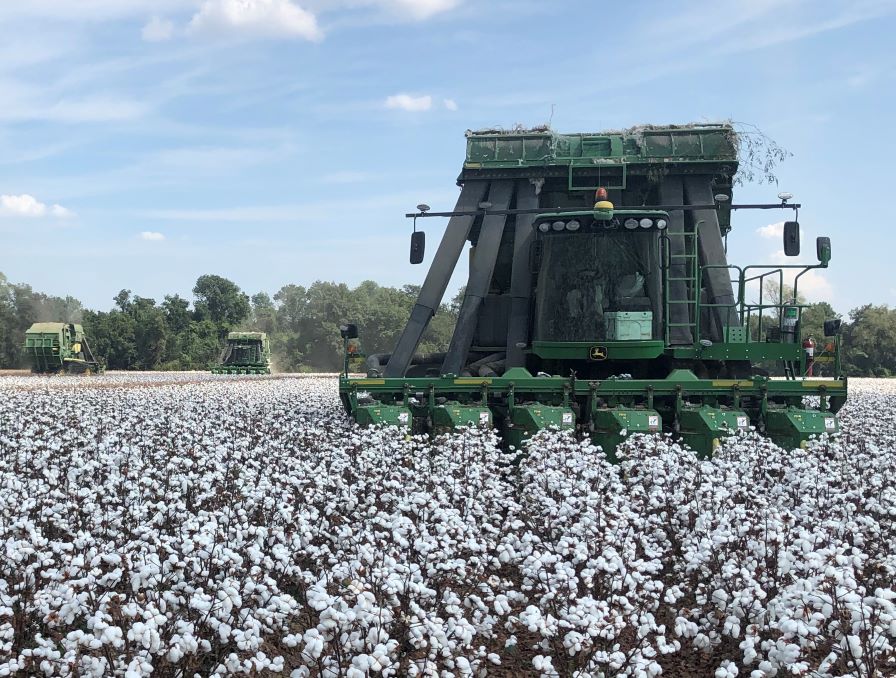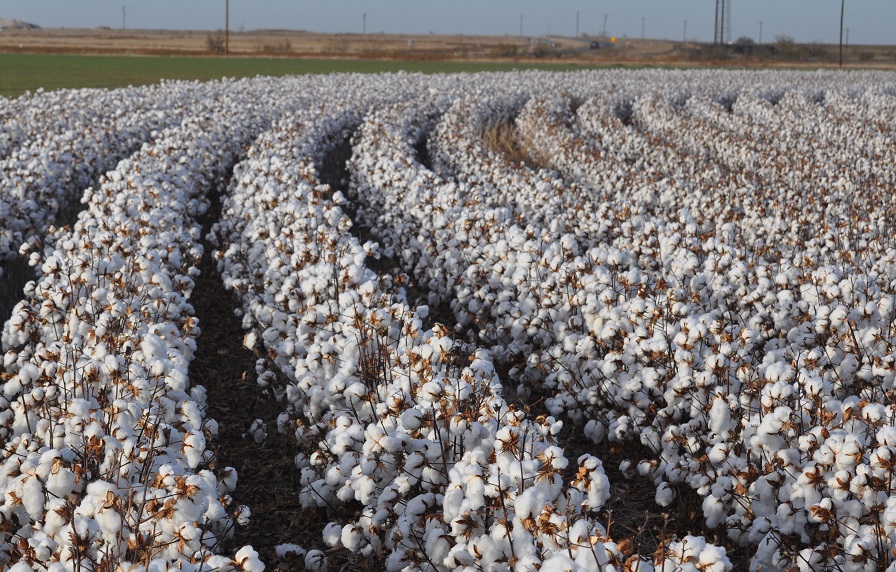Proactive Tips to Position Your Farm Finances for 2025
Economic conditions for the past few seasons have not been favorable for cotton growers. With farm income down in 2024 for the second year in a row and profitability also declining for the third straight year, it’s a difficult time to grow cotton.
But as we know, there’s a cyclical nature to farming. Even when things are down, it’s possible to earn a profit. We can’t control the market, commodity prices, or Mother Nature. But you can control your financial position and how you respond to external forces such as interest rate movement, cotton prices, or unexpected drought. Your chances of growing a profitable crop in 2025 will improve if you can control costs and effectively manage your capital.
March is a great time to get organized, detail your financial goals, and plan and strategize how you can get there. Here are some tips to help get started:
Strategically manage your capital. When commodity prices are down, you need to spend every dollar efficiently and look for a return on every investment you make, including operational expenses. Productive capital management requires a mix of cash, prepay, and financing options, each with various benefits to help maximize cash flow.
Cash is incredibly important to have in this market because many financial institutions are tightening credit thresholds, and access to capital is more limited. Before spending your cash, do some research and ask if it is the most economical form of payment. In many cases, you can pay for operational expenses with bank lines of credit (LOCs) or financing offers from retailers.
For example, financing cotton seed with a retailer financing program with due dates in early 2026 might be better aligned to your crop schedule and, in the interim, could free up that bank line of credit to help cover other expenses such as labor or fuel. With an interest rate of less than 2% APR, you could pay for seed and only incur nominal interest expense.
Review your expenses. Look at your budget regularly and keep your focus on ROI. When evaluating your operational expenses, make sure each investment is working in your favor to deliver a return. Look for ways to reduce costs and create more certainty in your budget. This might include shopping around for low, fixed-rate financing offers, or evaluating the cost benefits of various crop nutrition and protection strategies to make sure you’re getting the biggest bang for your buck.
As you’re able to cut costs, get in the habit of saving, which will afford financial flexibility. Even if you can’t save a lot, creating that discipline in your budgeting efforts will give your contingency planning a boost so you have more options to respond when things don’t go to plan.
Monitor and adjust your breakeven point. Research now to understand where your breakeven point needs to be. Where will prices need to be to meet your expenses? This will change as the year goes on, so stay on top of this information — or work with trusted specialists who do — to manage another season of tight margins.
The bottom line. At the end of the day, you still have control over your success. In a down market, remember to stay optimistic and focus on things that you can control like your finances and the details that will help make you profitable.
Cotton growers are resilient, and I don’t know many that are going to give up because of an unfavorable market. Now is the time to muster optimism for the season ahead, to review the financial strategies that are best suited for your specific operation and set realistic expectations for success. Despite the forecast, it is still well within your reach.








